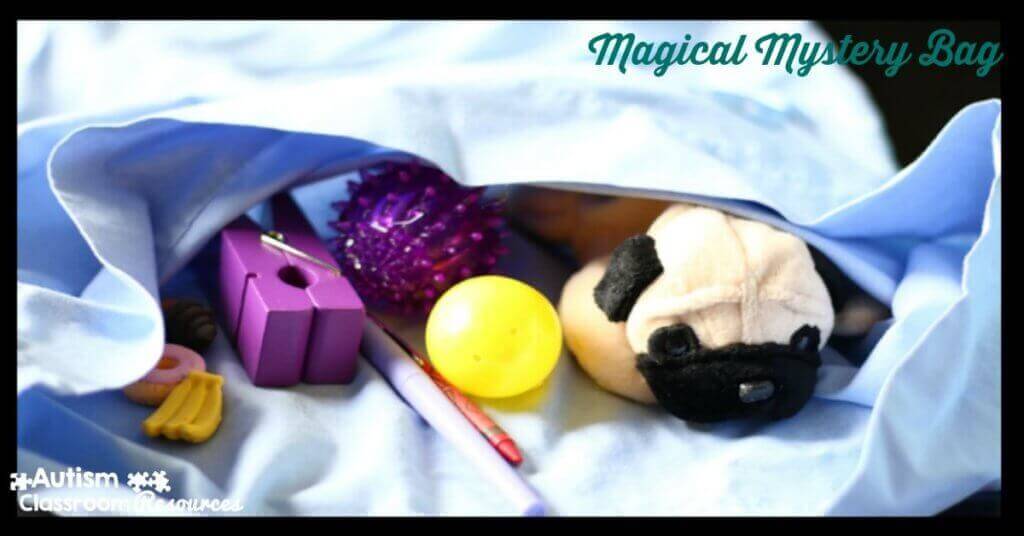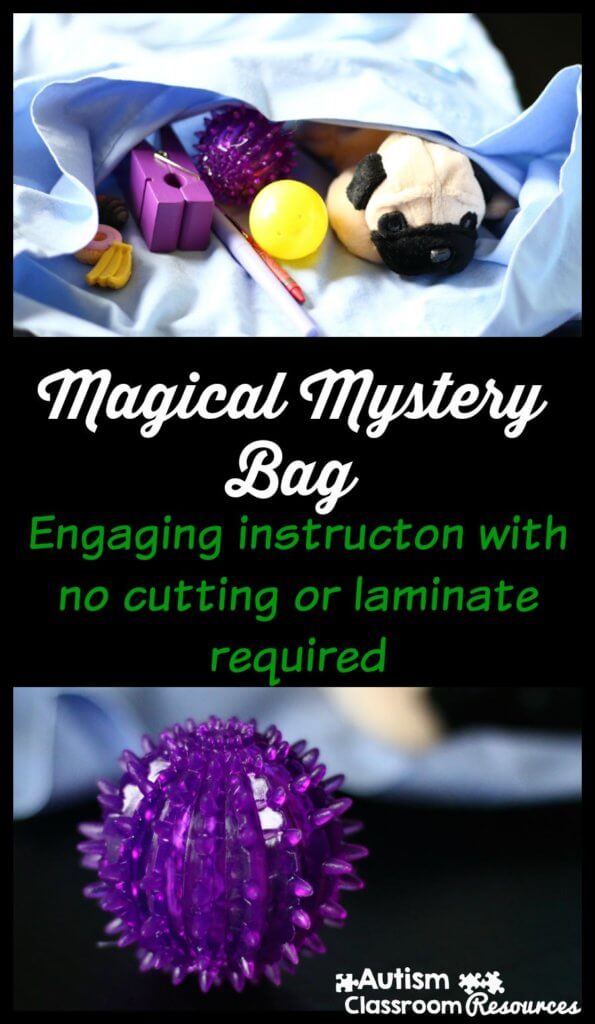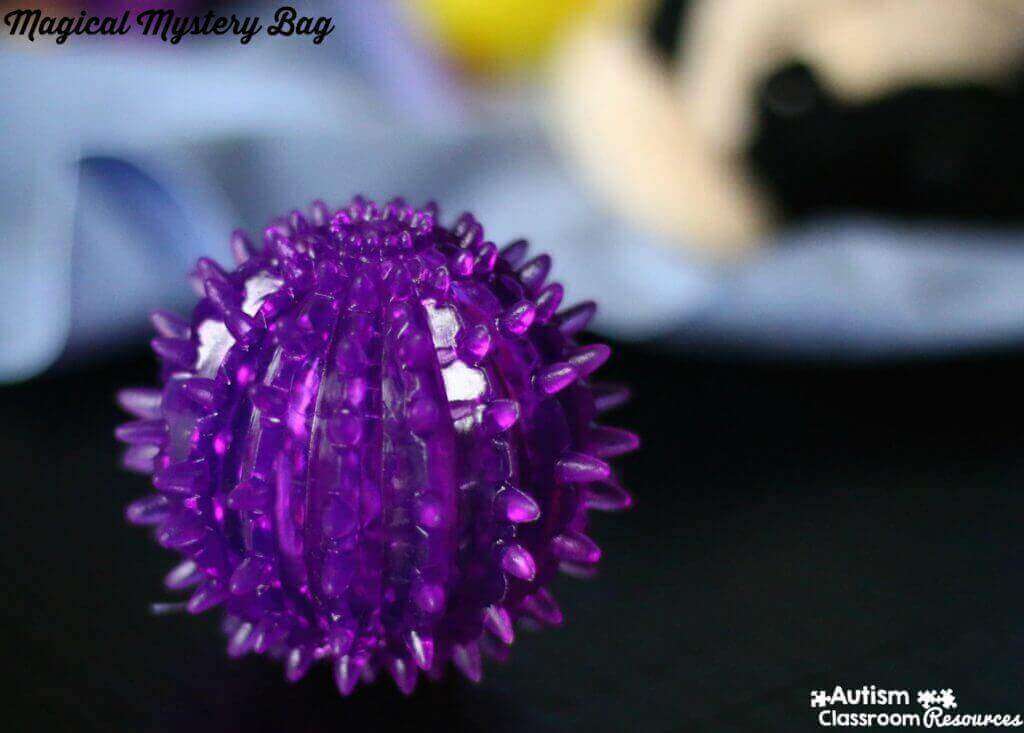Sharing is caring!
 You know I’m all about creating engaging instruction. Drill and kill just does not thrill for me or for the kids. Consequently I’m often looking for ways to spice up instruction but still keep up the systematic nature. For many of our kids, finding the right balance between consistency in instruction and boredom is difficult, so I like to have lots of ways to present materials and make it fun. This is particularly true when I am working on generalizing skills and building fluency. When I’ve already got the base of learning, I need to change it up a bit to make sure that the training sticks and that the students can use the skills they are learning in a variety of situations.
You know I’m all about creating engaging instruction. Drill and kill just does not thrill for me or for the kids. Consequently I’m often looking for ways to spice up instruction but still keep up the systematic nature. For many of our kids, finding the right balance between consistency in instruction and boredom is difficult, so I like to have lots of ways to present materials and make it fun. This is particularly true when I am working on generalizing skills and building fluency. When I’ve already got the base of learning, I need to change it up a bit to make sure that the training sticks and that the students can use the skills they are learning in a variety of situations.
I’ve said it before, but it is still true. Discrete trials are a great way to introduce new skills and keep instruction consistent. But:
[Tweet “Life is not discrete trials.”]
We need to make sure our learning goes beyond that and that students can use their skills. I talked about generalization skills for colors, specifically, in an earlier post. Today I want to focus on another way to break up instruction, make it fun and engaging and build fluency and practicality to the skill by generalizing it. This is one of my favorites and it focuses on using your acting abilities to create drama and surprise. Because let’s face, half of instruction is how you “sell it.”
[Tweet “Half of instruction is how you sell it.”]
Magical Mystery Bag
This is one of my favorite learning games to play, especially for working on vocabulary. No cutting or laminating required! Take a gift bag or a pillowcase or even an empty box and throw in a bunch of objects and picture cards. The idea behind it is that the students don’t know what they are pulling out of the bag until the see it. Then when they pull out the item, they have to complete a specific task. You can use this for a ton of purposes and amazingly it never gets old.
Another great thing is that it’s easy to differentiate your instruction. Say you are working with a group of 3 students. Sally is working on labeling items (e.g., ball). Meg is working on saying the characteristic of an item (e.g., purple). And the Bruce is working on using a complete sentence to describe the item with 2 adjectives (e.g., purple, spiky ball). It’s easy to have a set of items or pictures that they all can use to meet their own goals and you just have to change the expectation depending on whose turn it is.
So, essentially, mystery bag works like this.
Sally reaches her hand in the bag and pulls out a dog. You ask what it is or just wait for her to name it (depending on her skill) and she says, “dog.” If appropriate she gets a token or reinforcer.
Then it’s Meg’s turn to put her hand in the bag and pull something out. I always use that high affect voice, “Now it’s Meg’s turn…I wonder what she’ll find.” I think of this as my storytelling voice. Meg pulls out a car. You might say, “What do you have?” or “Tell me about it!” and Meg says, “It has wheels!” cheers all around for Meg and she gets reinforced.
Then it’s Bruce’s turn. You build it up again say, “OOh, now it’s Bruce’s turn, what do you think he will find in the mystery bag?” Bruce pulls out an apple. He says, “It’s an apple! It’s red and round!”
And then we do it all over again.
Here are just some that I’ve used mystery bag to teach.
- Naming items
- Describing items / characteristics (e.g., has a tail, is brown, little)
- Answering “wh” questions–“what is it?” “Where do you see a __”
- How many (with collections of items on a card or in a container)
- Functions (i.e., what do we use it for)
- Describing scenes in picture cards
- Inferences (what is happening in a picture)
- Associations (what goes with it–shoe when you pull out a sock)
- Categories (what category does it fall in–animal, food, etc.)
And there are many more I’m sure. There are so many things you can teach with something as simple as a pillowcase and stuff you find around your classroom. If you are looking for pictures you can use to practice these skills, you can find examples in my Spring Receptive Language Feature, Function, Class activities and I’m working on the fall version now. However, you can usually find the everyday kinds of things your kids need to talk about hanging around in your room.
How do you like to spice up your instruction and work on generalization? Leave me a comment so we can share!








